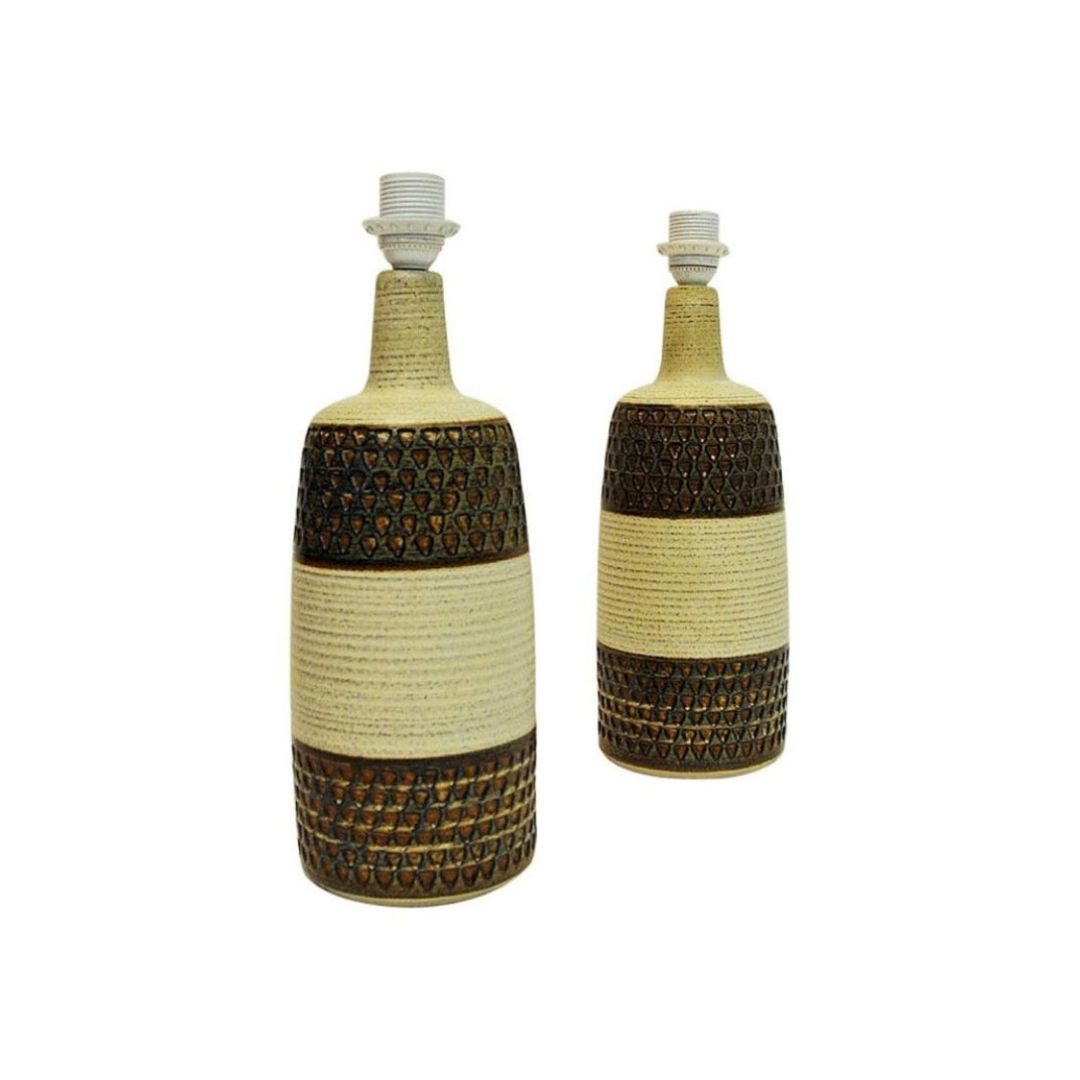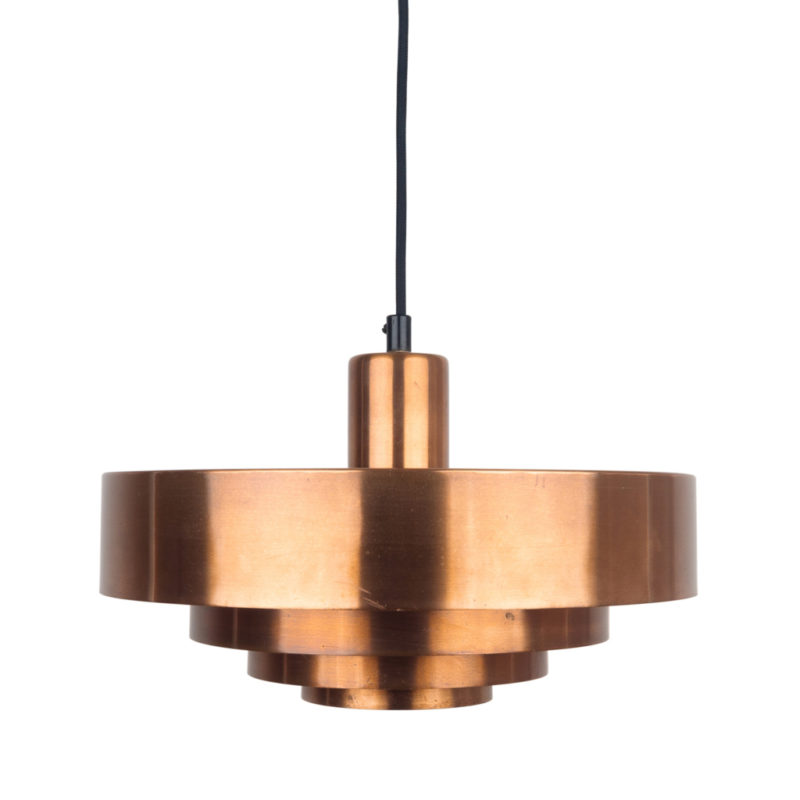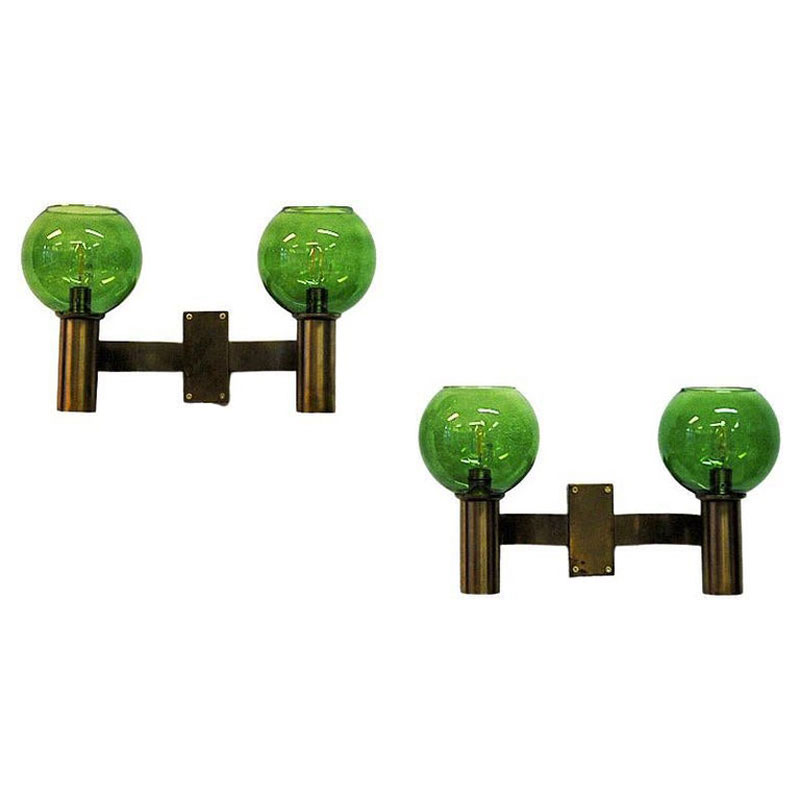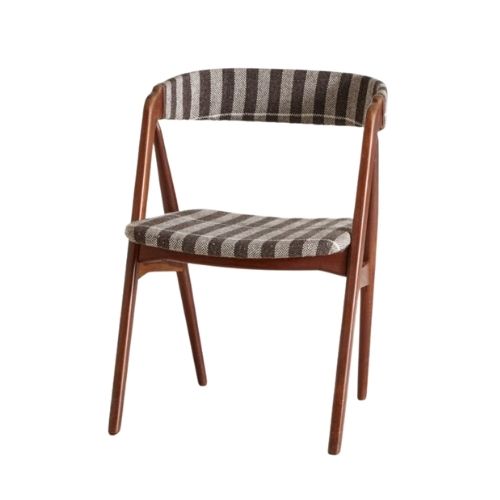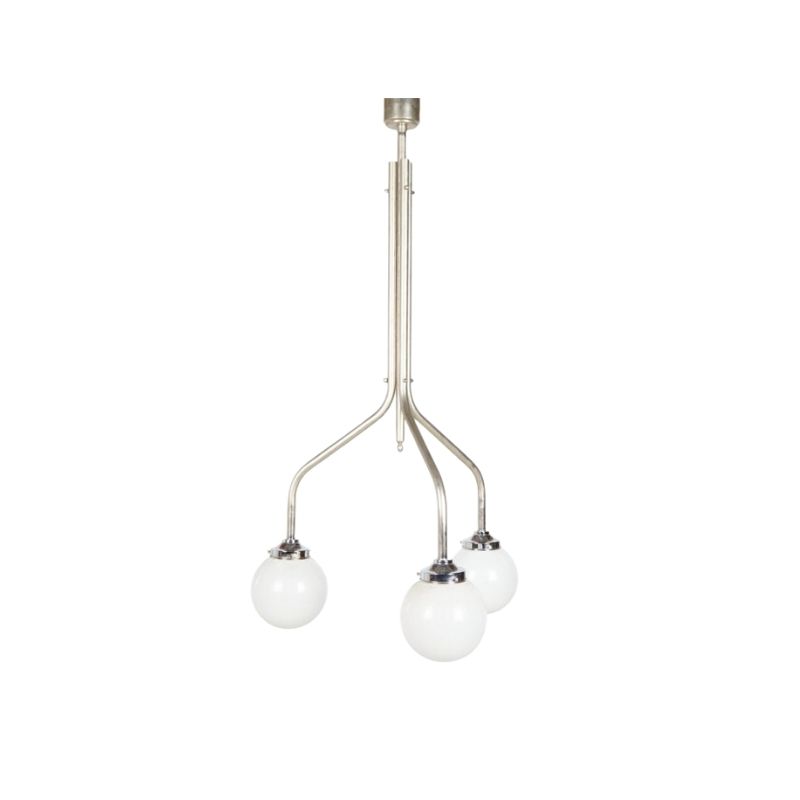Nice bench. Perhaps the...
Nice bench. Perhaps the slats are assembled prior to attachment to base. Then slid into place utilizing some kind of locking joint. I would think it would be consistent with the assembly as a whole, that being free of hardware. Do you think the rails are slid into place or dropped in? I'm guessing slid, much like a dovetail joint, creating a strudy connection. Is this the only photo you have?
Yeah slid, so there is a litt...
Yeah slid, so there is a little shoulder on the rail to prevent racking, easily done on the router table.
Perhaps the slats are all doweled in? Too much rail for screws.
It was difficult to find any good photos, PP Mobler have changed their gallery to flash.
A quick model last night, 3 (would require another slotted connection) or 4 legs, screwed down top with expansion slots or those brackets you can get, and perhaps a 1/4" steel pin fitting at the intersection of rail/leg to make it knock down, doweled through for permanent connection. Sorry its so big.
Nice bench
though I'm not quite happy with the way the rail protrudes from beneath the end slat, in this case. Also, thinking about the structural work that the little cross stretcher does, I'm wanting that part to be a little more substantial.
Anyway, that leg/rail connection has been called a bridle joint, I believe.
How do you connect the three horizontal members of your round table, Heath ? A three-way finger joint, maybe ? I can picture the intersection in the four-legged model. . .
http://www.google.com/search?client=safari&rls=en&q=bridle+joint&ie=UTF-...
Yes the way it ends short...
Yes the way it ends short doesn't look so great.
Bridle joint of course, I made some quick rough models of sketches of benches I've been meaning to make for ages, am quite happy to use screws and brackets and cross dowels etc. Some of the timber I can get hold of is incredibly strong and I think that taking advantage of it could make for a slightly springy bench with the slats attached with a double row of brass screws and brackets to a central spine.
First idea in pale timber would have two long rails cross doweled to the triangular leg supports at the end, slats screwed in from underside...just rough ideas.
I'll probably make a coffee table version of that dining table first, was thinking of just getting a 3 way steel connector welded up and let into deep narrow slots at the junction.
Wow, Heath.
Those are pretty -- and strong. I suppose you're going to tell me those are digital images you made ? What program ?
I like the joinery you mention. I've been conjuring the same animal, more or less, as a table, for a while now. I've thought I'd want to connect the extended leaves of wood with floating pins, perhaps of metal -- considering the greater width of a dining table, say.
Here's some old stuff -- models and a drawing -- that sort of relate:
.
Yes sadly they are digital (Blender) though they should be fairly simple to produce, especially a round coffee table which I'll do first.
Conjuring is the right word, ideas seem to churn around half formed for years and then come together quite quickly.
I like your second image a lot, that alternate flipping could solve a few problems I've been having with something else, It could even make a hybrid of the Aalto/Eames screens, more stable than Aaltos but more robust than Eames.
Yeah --
the top one was drawn as a table top, actually.
I guess I've almost never drawn the pins I'm thinking of. Just a plain pin to align two adjacent boards, bridging the gap and trying to keep them in plane -- so, a snug press fit in a simple bore. The boards would be fastened the central spine or stringers, as you have it, by various means.
How about this ?
If you need any help, please contact us at – info@designaddict.com



